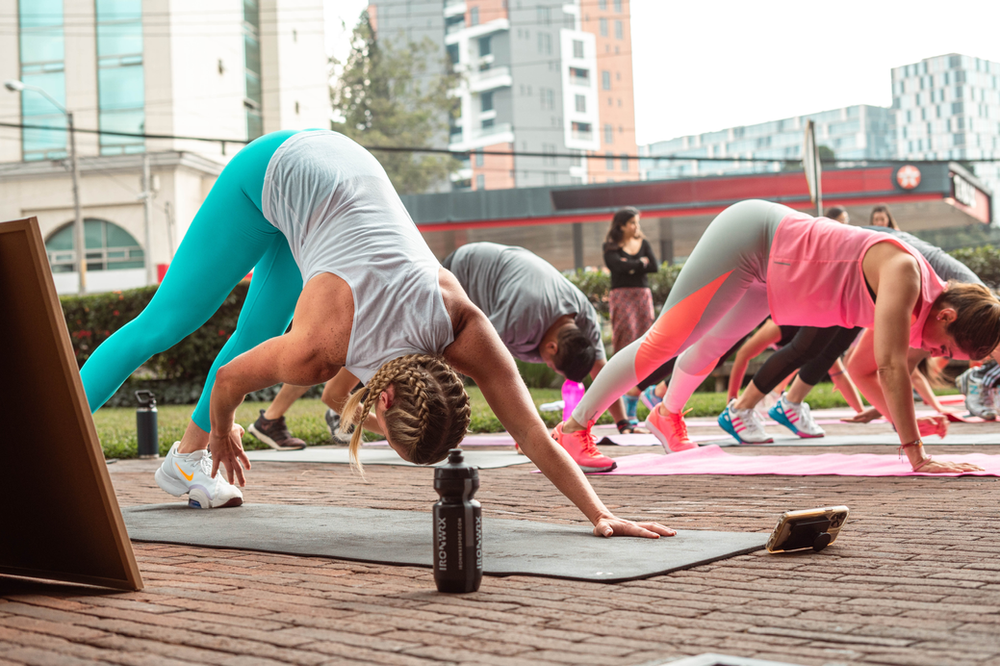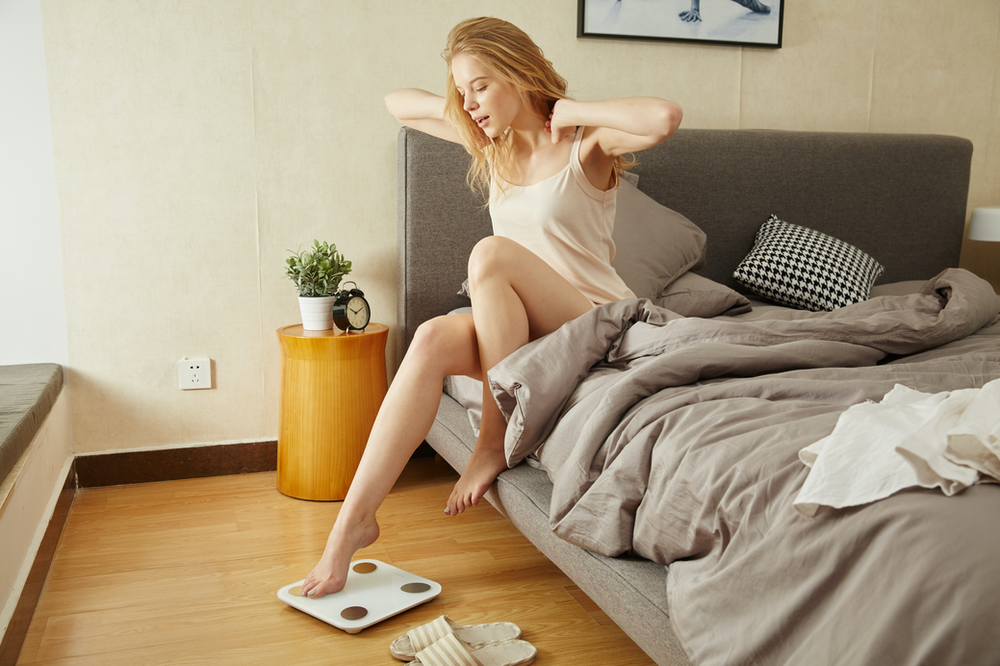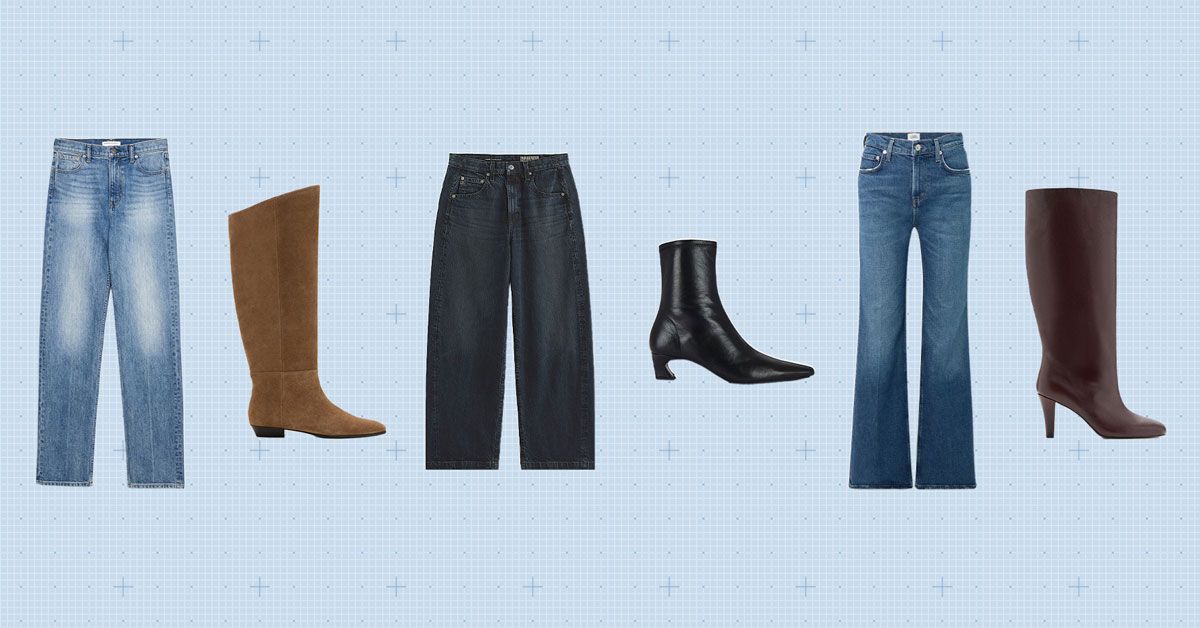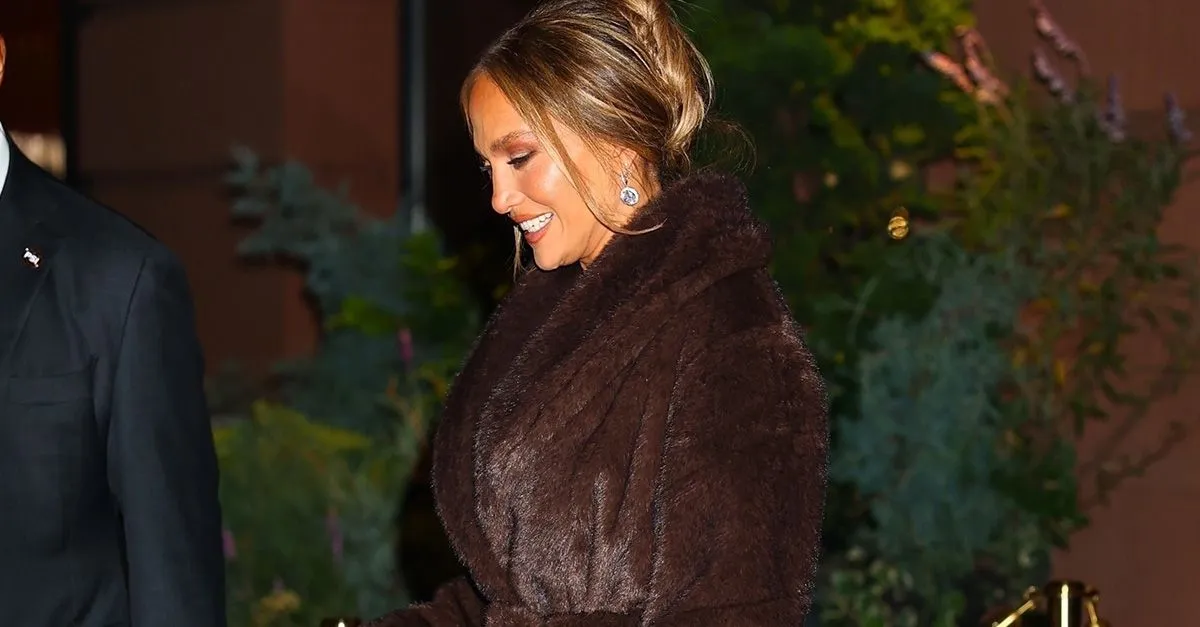Hey there, fitness enthusiasts! ️♂️️♀️ Let's kick off this blog post by taking a quick look at how staying fit has become all the rage. From cool workout challenges to trendy fitness classes, it's safe to say that being active is in vogue!
Now, let's zoom in on two workout buddies that have been making waves – Pilates and Barre. Ever heard of them? If not, no worries; we're about to spill the beans on what makes these workouts so popular.
Our mission today is to dive into the world of Pilates and Barre, break down the basics, and help you understand what sets them apart.
Think of it as your guide to figuring out which workout style might be your new go-to. So, let's roll up our sleeves and explore the key differences between Pilates and Barre!
Pilates: Unveiling the Essence
Origins and History of Pilates
Pilates finds its roots in the early 20th century, thanks to Joseph Pilates, a German fitness enthusiast born in 1883. Motivated by personal health challenges, Pilates blended elements from gymnastics, yoga, and martial arts to create a unique exercise system.
During World War I, Pilates refined his approach while interned in England, utilizing springs attached to hospital beds as resistance for exercises. Upon relocating to the United States in the 1920s, he and his wife, Clara, established a studio in New York City, gaining popularity, especially within the dance community.
Over time, Pilates evolved into a mainstream fitness method celebrated for its focus on core strength, flexibility, and overall body conditioning.
Its success in rehabilitation and promoting physical well-being has led to widespread global adoption, making Pilates a transformative and enduring fitness phenomenon.
Principles and Philosophy Behind Pilates
At the core of Pilates lies a set of principles and a unique philosophy that distinguish it from other fitness approaches. These guiding principles reflect the essence of the method and shape both the physical and mental aspects of the practice.
- Control:
- Pilates emphasizes precise and controlled movements. Each exercise is executed with mindful awareness, focusing on maintaining control over the body's every nuance. This principle fosters a deep connection between the mind and muscles, enhancing overall body awareness.
- Centering:
- The concept of centering in Pilates revolves around the core muscles—often referred to as the "powerhouse." Exercises are designed to initiate from and engage this central region, promoting strength, stability, and a solid foundation for movement.
- Concentration:
- Mind-body connection takes center stage in Pilates through intense concentration.
Practitioners are encouraged to be fully present during each exercise, directing their focus to the specific muscles being worked. This heightened concentration not only improves physical performance but also sharpens mental acuity.
- Precision:
- Precision in movement execution is a key principle of Pilates. Each exercise is performed with meticulous attention to form and alignment. By prioritizing precision, practitioners not only maximize the effectiveness of the exercises but also reduce the risk of injury.
- Breath:
- The rhythmic and controlled breath is integral to Pilates.
Coordinating breath with movement not only oxygenates the body but also enhances the flow and efficiency of each exercise. Breath serves as a tool to promote relaxation, focus, and engagement with the workout.
- Flow:
- Pilates movements are designed to flow seamlessly from one to another. Smooth transitions between exercises encourage fluidity and grace, fostering a sense of continuity in the workout. This principle contributes to the overall elegance and interconnectedness of Pilates movements.
Understanding and embodying these principles forms the foundation of a fulfilling Pilates practice, promoting holistic well-being by uniting the physical and mental aspects of fitness.
Focus on Core Strength, Flexibility, and Overall Body Conditioning
In the world of fitness, Pilates stands out for its targeted emphasis on three key elements that collectively contribute to a well-rounded and resilient body.
- Core Strength:
- At the heart of Pilates is the relentless focus on building a robust core.
Referred to as the "powerhouse," this central region encompasses the muscles of the abdomen, lower back, and pelvis. Pilates exercises are crafted to engage and strengthen these core muscles, promoting stability, balance, and a strong foundation for all movements.
- Flexibility:
- Pilates isn't just about building strength; it's equally committed to enhancing flexibility. Through a series of controlled and elongated movements, practitioners work on improving the range of motion in their joints and muscles. This emphasis on flexibility not only increases suppleness but also reduces the risk of injuries and promotes overall joint health.
- Overall Body Conditioning:
- Pilates takes a holistic approach to fitness by addressing the entire body.
While core strength and flexibility take center stage, Pilates exercises engage various muscle groups from head to toe. This comprehensive conditioning ensures that no muscle is neglected, contributing to balanced muscle development and improved overall fitness.
The combination of these three focal points creates a workout that goes beyond the superficial, aiming to sculpt a body that is not only strong and flexible but also well-conditioned in every aspect.
Pilates enthusiasts often find themselves reaping the benefits of improved posture, enhanced athletic performance, and a heightened sense of well-being, making it a go-to choice for those seeking a holistic approach to fitness.
Key Pilates Exercises and Equipment
Pilates, with its emphasis on controlled movements and holistic conditioning, offers a repertoire of exercises designed to target specific muscle groups and enhance overall flexibility and strength.
Additionally, specialized equipment plays a pivotal role in maximizing the effectiveness of these exercises. Here's a glimpse into some key Pilates exercises and the equipment that often accompanies them:
1. The Hundred:
- This quintessential Pilates exercise targets the core and enhances overall stamina.
In a supine position, practitioners lift their legs off the ground while pumping their arms vigorously, creating a dynamic challenge for the abdominal muscles.
2. The Roll-Up:
- Focusing on the spine and abdominal muscles, the roll-up is an exercise where practitioners articulate their spine vertebra by vertebra as they move from a lying position to a seated one. It promotes core strength, spinal flexibility, and control.
3. The Plank:
- A Pilates variation of the traditional plank, this exercise involves holding a push-up position while emphasizing stability and engagement of the core muscles.
It contributes to overall body conditioning, particularly in the core and upper body.
4. The Reformer:
- One of the most iconic Pilates apparatus, the Reformer consists of a moving carriage attached to springs. By utilizing various straps and resistance levels, practitioners can perform a wide range of exercises targeting different muscle groups. It enhances strength, flexibility, and overall body control.
5.
The Cadillac (Trap Table):
- This versatile piece of Pilates equipment features a bed-like structure with various attachments, allowing for a diverse array of exercises. From leg springs to roll-down bars, the Cadillac facilitates both gentle stretches and challenging strength exercises.
6. The Wunda Chair:
- A compact but powerful piece of equipment, the Wunda Chair challenges stability and strength. Its design enables practitioners to perform a variety of exercises in a seated or standing position, targeting the core, legs, and upper body.
These key exercises and equipment represent the diversity and effectiveness of Pilates in promoting core strength, flexibility, and overall body conditioning.
Whether on a mat or using specialized apparatus, Pilates offers a dynamic and comprehensive approach to achieving a balanced and resilient physique.
Barre: A Dance-Inspired Fitness Revolution
Origin and Evolution of Barre Workouts:
The Barre fitness phenomenon finds its roots in ballet-inspired movements. Originating in the dance studios of Germany in the 1950s, Barre workouts gained popularity as a form of cross-training for ballet dancers. Over the years, the method evolved, transforming into a mainstream fitness trend that combines dance, strength training, and flexibility exercises.
Incorporation of Dance Techniques in Barre:
Barre workouts seamlessly blend the artistry of dance with the effectiveness of fitness, creating a unique and dynamic exercise experience. The incorporation of dance techniques in Barre is not just about movement; it's about infusing grace, rhythm, and the joy of dance into a workout routine.
- Ballet-Inspired Movements:
- At the core of Barre lies a rich infusion of ballet-inspired movements.
Exercises such as pliés, tendus, and grand battements bring the elegance and precision of ballet into the fitness realm. These movements not only sculpt and tone muscles but also evoke the fluidity and poise of a dancer.
- Fluid Transitions and Port de Bras:
- Barre workouts often feature fluid transitions between exercises, creating a continuous flow that mimics the seamless quality of dance. The incorporation of port de bras, or arm movements inspired by ballet, adds an extra layer of grace, engaging the upper body while enhancing the overall dance-like quality of the routine.
- Balance and Coordination Challenges:
- Dance requires a heightened sense of balance and coordination, and Barre captures this essence. Participants are challenged to maintain stability during various movements, fostering not only physical strength but also enhancing balance and coordination.
This integration of dance techniques adds a playful and dynamic element to the workout.
- Rhythmic Elements and Musicality:
- Barre workouts often sync with music, infusing a rhythmic quality into each movement. This connection to music not only makes the workout enjoyable but also encourages participants to move with intention and musicality. The rhythmic elements create a sense of flow, turning the exercise routine into a dance-like expression.
- Use of Ballet Barre for Support:
- The ballet barre serves as a foundational element in Barre workouts, providing support during exercises. This incorporation of a traditional dance prop not only aids in balance but also creates a sense of familiarity for those with a dance background.
The barre becomes a partner, guiding participants through a series of movements with elegance and precision.
In essence, the incorporation of dance techniques in Barre goes beyond fitness; it's an artistic journey that marries the strength of muscle engagement with the beauty of movement. This unique blend not only delivers physical benefits but also transforms the workout into a celebration of the joy and expression found in the world of dance.
Emphasis on Isometric Movements and Small, Controlled Motions:
In the dynamic world of Barre workouts, one distinctive feature that sets it apart is the deliberate focus on isometric movements and small, controlled motions. This intentional approach to exercise not only defines the essence of Barre but also contributes significantly to its effectiveness and appeal.
1. Isometric Movements:
- Barre workouts engage muscles through isometric contractions, where the muscle length remains constant despite tension.
This involves holding specific positions or poses for an extended period, intensifying muscle engagement. Isometric exercises in Barre not only target specific muscle groups but also enhance endurance, contributing to the development of lean and toned muscles.
2. Small, Controlled Motions:
- Unlike high-impact workouts, Barre emphasizes small, precise movements. These controlled motions, often inspired by ballet techniques, focus on isolating specific muscle groups.
The deliberate, intentional nature of these movements helps practitioners to better connect with their muscles, fostering a mind-body awareness that is integral to the Barre experience.
3. Low-Impact and Joint-Friendly:
- Barre's emphasis on small, controlled motions makes it a low-impact exercise option. This characteristic is particularly appealing to individuals looking for joint-friendly workouts that prioritize muscle engagement without subjecting the body to excessive stress. The controlled nature of the movements reduces the risk of injuries, making Barre accessible to a wide range of fitness levels.
4.
Muscle Fatigue and Endurance:
- The repetitive nature of small movements in Barre may seem deceptively simple, but it leads to muscle fatigue over time. By challenging muscles through sustained contractions, Barre promotes endurance, helping individuals build strength without the need for heavy weights or high-intensity exercises. This aspect aligns with the goal of creating a lean and sculpted physique.
5. Mind-Body Connection:
- The emphasis on controlled movements encourages a strong mind-body connection.
Practitioners are encouraged to be fully present during each exercise, concentrating on the muscle groups at work. This heightened awareness not only enhances the effectiveness of the workout but also promotes mental focus and clarity.
In summary, the deliberate emphasis on isometric movements and small, controlled motions in Barre workouts contributes to a unique exercise experience. By combining elements of strength training, ballet, and mindfulness, Barre not only shapes and tones the body but also fosters a holistic approach to fitness that is both enjoyable and sustainable
Overview of Common Barre Props and Equipment:
Barre workouts often incorporate props and equipment to enhance the effectiveness of exercises. Common props include:
- Ballet Barre: The primary tool in Barre workouts, the ballet barre serves as a support for various exercises, providing stability during leg and arm movements.
- Light Weights: Used for upper body toning, light weights intensify arm exercises without compromising the fluidity of dance-inspired motions.
- Resistance Bands: These bands add resistance to leg and arm movements, increasing the challenge and promoting muscle engagement.
- Exercise Balls: Employed for core strengthening and stability exercises, exercise balls add diversity to Barre workouts.
Barre, with its dance-infused flair, not only offers a unique and enjoyable fitness experience but also delivers a full-body workout.
The combination of dance techniques, isometric movements, and specialized props creates a dynamic and effective exercise regimen that continues to captivate fitness enthusiasts around the globe.
Target Areas and Benefits
Pilates:
- Core Strength and Stability:
- Pilates is renowned for its transformative impact on core strength and stability. The method places a primary focus on engaging the muscles around the abdomen, lower back, and pelvis—commonly referred to as the core or "powerhouse."
- Improved Posture and Flexibility:
- Pilates is a champion when it comes to promoting good posture and flexibility. The exercises in Pilates encourage proper spinal alignment, helping individuals become more aware of their posture in everyday activities.
- Full-Body Conditioning and Muscle Toning:
- Pilates is not just about isolated muscle workouts; it's about conditioning the entire body. The method engages various muscle groups in a harmonious manner, ensuring that no muscle is left untouched.
In essence, Pilates offers a holistic fitness experience that goes beyond the superficial, addressing core strength, posture, flexibility, and overall body conditioning.
Whether you're a beginner or a seasoned fitness enthusiast, the benefits of Pilates extend beyond the workout session, contributing to a healthier and more resilient lifestyle.
Barre:
- Targeted Muscle Engagement, Particularly in the Legs and Glutes:
- Barre workouts are designed to sculpt and strengthen specific muscle groups, with a particular focus on the legs and glutes. Incorporating ballet-inspired movements such as pliés and leg lifts, Barre engages these muscle groups through small, controlled motions. This targeted approach helps individuals achieve toned and defined legs and glutes, creating a lean and sculpted lower body.
- Enhanced Balance and Coordination:
- One of the standout benefits of Barre is its ability to enhance balance and coordination. The incorporation of dance techniques requires precise movements and shifts in body weight, challenging participants to improve their overall balance and coordination.
This not only contributes to physical grace but also provides functional benefits in daily activities.
- Cardiovascular Benefits through Continuous Movement:
- While Barre is primarily known for its focus on strength and toning, it also delivers cardiovascular benefits. The continuous, flowing nature of Barre routines elevates the heart rate, turning the workout into a dynamic cardiovascular exercise. This unique blend of strength training and cardio promotes heart health, stamina, and overall cardiovascular fitness.
In summary, Barre workouts offer a specialized approach to fitness by targeting specific muscle groups, enhancing balance and coordination, and providing cardiovascular benefits through continuous movement. This combination makes Barre a versatile and engaging exercise option, suitable for those seeking a well-rounded and effective workout that extends beyond traditional strength training.
Exercise Techniques: Pilates vs.
Barre
Pilates:
- Emphasis on Controlled Movements and Breath:
- Pilates is synonymous with controlled, deliberate movements. Practitioners are guided to move with precision, ensuring each exercise is executed with a focus on controlled muscle engagement. Additionally, conscious and coordinated breathwork is integral to Pilates, harmonizing with movements to enhance concentration, oxygenation, and overall effectiveness.
- Mat-Based Exercises vs. Equipment-Based Exercises:
- Pilates offers a versatile range of exercises, with some performed on a simple mat and others utilizing specialized equipment.
Mat-based exercises often form the foundation of Pilates, focusing on body weight resistance and controlled movements. Alternatively, equipment-based exercises incorporate tools such as the Reformer or Cadillac, adding resistance and variability to intensify the workout.
- Focus on Precise Form and Alignment:
- Precision is key in Pilates. The method places a strong emphasis on maintaining precise form and alignment throughout each exercise. This attention to detail not only maximizes the effectiveness of the workout but also minimizes the risk of injury.
Pilates instructors often guide practitioners to ensure their movements are anatomically correct for optimal benefits.
Barre:
- Isometric Holds and Small, Repetitive Movements:
- Barre workouts feature isometric holds, where muscles are contracted without joint movement, followed by small, repetitive movements. These movements create sustained muscle engagement, leading to muscle fatigue and toning. The combination of isometric holds and controlled repetitions contributes to the sculpting effect on targeted muscle groups.
- Integration of the Ballet Barre for Support:
- The ballet barre is a central component of Barre workouts, providing stability and support. Participants use the barre to perform various exercises that blend ballet-inspired movements with strength training.
The barre aids in balance, enabling individuals to focus on controlled movements and precise muscle engagement.
- Dynamic Combinations of Exercises for a Full-Body Workout:
- Barre workouts are known for their dynamic and fluid nature. The sessions often involve a series of exercises seamlessly combined to work different muscle groups. This results in a comprehensive, full-body workout that not only targets specific areas but also enhances overall strength, flexibility, and coordination.
In summary, while both Pilates and Barre share a focus on controlled movements, they differ in their techniques. Pilates integrates mat-based and equipment-based exercises with a strong emphasis on precision, while Barre employs isometric holds, small movements, and dynamic combinations, leveraging the ballet barre for support.
Each method offers a unique approach to achieving strength, flexibility, and overall fitness.
Suitability for Different Fitness Levels
Pilates:
- Adaptability for Various Fitness Levels:
- Pilates stands out for its adaptability, making it accessible to individuals across different fitness levels. The foundational principles and exercises are beginner-friendly, allowing those new to fitness to ease into the practice. Simultaneously, Pilates offers progressions and advanced variations, ensuring that intermediate and advanced practitioners can continuously challenge themselves and further enhance their strength and flexibility.
Barre:
- Accessibility for All Fitness Levels:
- Barre workouts are designed to accommodate individuals at various fitness levels, making it an inclusive and accessible exercise option. For beginners, modifications are often provided, allowing them to gradually build strength and coordination.
As participants progress, Barre instructors incorporate intensity variations and more challenging movements, providing options for advanced practitioners seeking a higher level of difficulty.
- Intensity Variations for Advanced Participants:
- Barre's versatility extends to its ability to cater to the needs of both beginners and advanced participants. For those who are just starting, modifications such as reduced range of motion or lower resistance may be introduced. On the other hand, advanced participants can expect dynamic and challenging combinations, ensuring they continue to push their limits and experience ongoing improvements in strength, balance, and overall fitness.
In summary, both Pilates and Barre are adaptable to diverse fitness levels. Pilates offers a structured progression system with exercises suitable for beginners and advanced practitioners alike.
Barre, too, provides accessibility for beginners through modifications while offering intensity variations to challenge those with more advanced fitness levels.
This inclusivity contributes to the widespread popularity of both fitness methods among individuals with varying levels of experience and conditioning.
Conclusion
Recap of Key Differences between Pilates and Barre:
As we wrap up our exploration of Pilates and Barre, let's briefly revisit the key distinctions between these two fitness methodologies.
From the emphasis on core strength and controlled movements in Pilates to the dance-inspired, isometric nature of Barre, each approach brings a unique flavor to the world of fitness.
Understanding these differences sets the stage for choosing the workout that aligns best with individual preferences and goals.
Encouragement to Try Both and Find the Ideal Workout:
In the realm of fitness, variety is the spice of life. We encourage you to step out of your comfort zone and give both Pilates and Barre a try.
Each method offers a distinct experience, and you might find elements in both that resonate with your fitness journey. Exploring different workouts not only keeps things interesting but also allows you to discover what truly works for you. So, why not mix it up and find your perfect balance?
Final Thoughts
Pilates and Barre, while unique in their approaches, share a common thread of promoting holistic well-being.
Whether you're seeking core strength and precise movements with Pilates or the grace of dance-inspired exercises in Barre, both methods contribute to a balanced and effective fitness routine.
The versatility of Pilates and Barre allows them to complement each other and serve as valuable components of a holistic approach to physical fitness. Remember, the key to a sustainable and enjoyable fitness journey lies in finding the blend that resonates with your body, preferences, and wellness goals.
In the end, it's not about choosing one over the other but recognizing the value each brings to your overall well-being. So, here's to embracing the diversity in fitness and discovering the joy of movement on your unique path to a healthier, happier you!
Original Article












